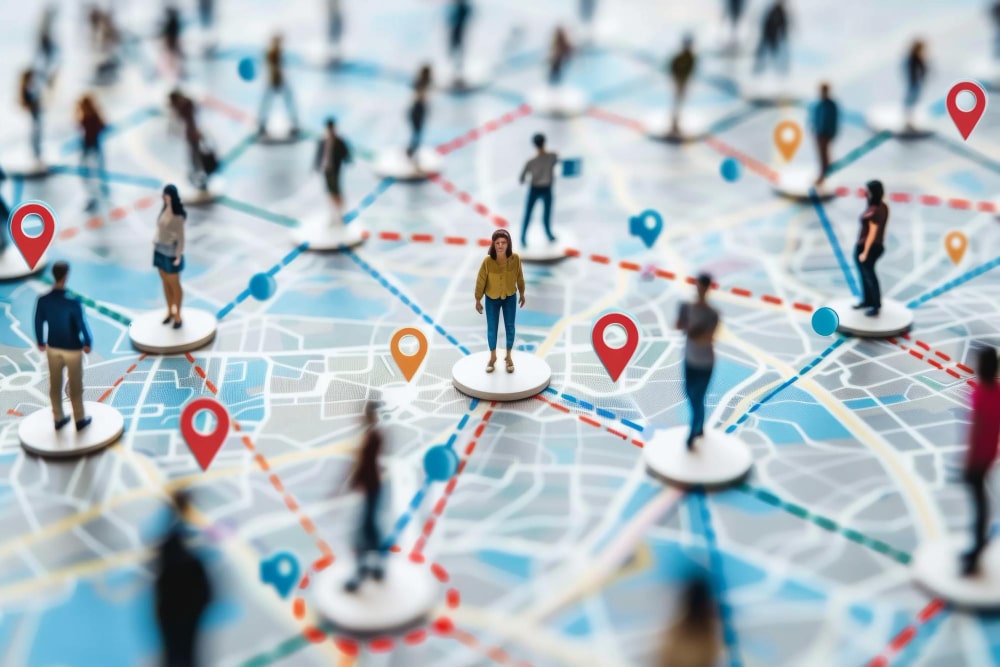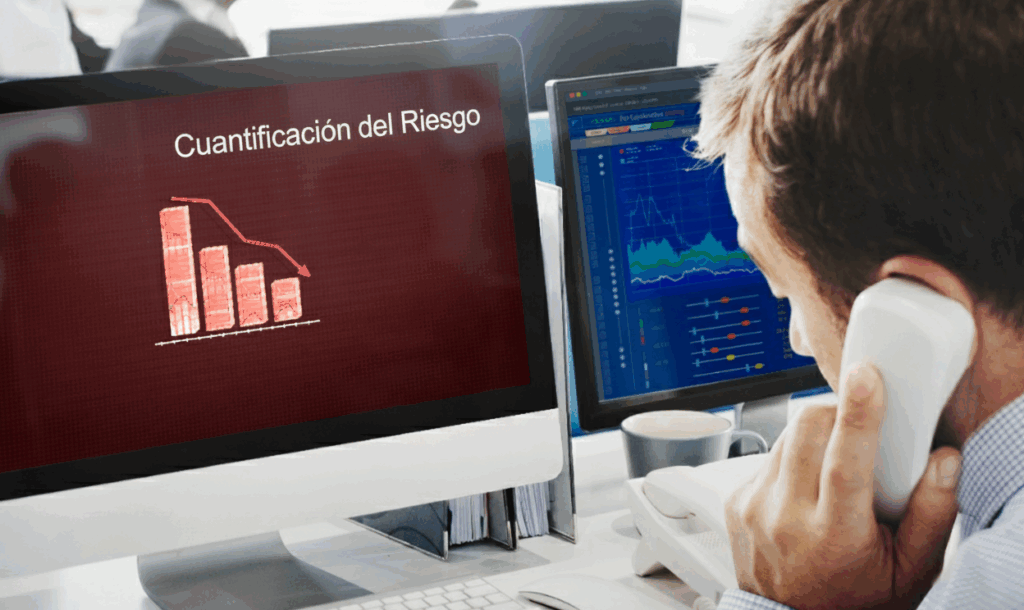The hearing location is a key strategy in digital marketing that consists of adapting content, messages and campaigns to the characteristics and particularities of specific audiences according to their geographic location. This technique allows brands to connect more effectively with users, personalizing their actions to maximize impact. In this article, we will explore the best strategies for the location of hearings and the benefits to companies.
What is audience localization?

Audience localization involves the use of geographic and demographic data to segment and adapt content, advertising messages and campaigns to the specific interests, customs and needs of a particular audience based on its location. This is not just a matter of translating texts, but of adapting the tone, values and communication strategy to the cultural, linguistic and socioeconomic particularities of each region.
Strategies for audience localization
1. Geographic segmentation

Geographic segmentation is the first step in audience targeting. It is based on dividing users according to their physical location: countries, regions, cities or even specific neighborhoods. To do this effectively:
- Use data analysis tools to obtain information about the location of your audiences.
- Adjusts content and messages to reflect local cultural values, customs and trends.
- Take into account the different seasons and local holidays to customize offers.
2. Demographic and cultural analysis

In addition to location, it is critical to understand the demographics of your audience, such as age, gender, socioeconomic status and education. Also, cultural aspects play an essential role in localization:
- It studies the cultural differences between audiences in different regions.
- Adjusts message tone, visual elements and approach according to local cultural norms, values and sensitivities.
- Be sure to avoid references or symbols that may be offensive or inappropriate for certain cultures.
3. Use of behavioral data

Online user behavior can vary considerably depending on geographic location. Analyzing digital behavior is key to creating more effective marketing campaigns:
- Tracks user behavior based on location, including time of connection, devices used and preferred platforms.
- Personalize ads and promotions based on local buying patterns and preferences.
- Use remarketing tools to retarget users in specific locations who have interacted with your content.
4. Localized content and SEO

Once you have segmented your audience, the next step is to create tailored content for each geographic group. This includes the use of local keywords and local SEO optimization:
- Create specific pages for each geographic location, with content tailored to local search terms.
- Optimize local SEO by using geographic keywords in the titles, descriptions and metadata of your pages.
- Make sure your business profiles on local platforms are complete and up to date (e.g. Google My Business).
5. Advertising Ads

Advertising platforms such as Google Ads and Facebook Ads allow you to create location-based ad campaigns. With geolocated advertising, you can impact users who are in specific areas, which increases the relevance of your messages:
- Use geolocation to target ads to users in specific regions that match your target audiences.
- Take advantage of localized offers and promotions to attract customers close to your physical points of sale.
- Implement geofencing campaigns to offer discounts or promotions to users when they are within a specific radius near your store.
Benefits of audience localization
Audience targeting offers a number of advantages that can significantly improve the performance of your marketing campaigns:
1. Increased relevance and customization
Adapting your messages to local particularities increases their relevance to users, which enhances the customer experience and reinforces the emotional connection with the brand. Geographic personalization allows you to offer solutions that feel more authentic and relatable, increasing the likelihood that users will interact with your content.
2. Improved engagement and conversion
By offering more relevant content, users are more likely to respond positively to your campaigns. Conversion rates tend to increase when messages are tailored to local needs, as users feel that the brand understands their context and offers them solutions suited to their specific situation.
3. Optimization of return on investment (ROI)
Targeting your campaigns to geographically segmented audiences can reduce unnecessary costs and optimize ROI. Localized campaigns are often more efficient because they target only the most relevant users, which means that resources are spent more effectively and waste is avoided on uninterested audiences.
4. Better positioning in local markets
Audience localization allows brands to have a stronger presence in local markets. This is especially beneficial for companies looking to expand internationally, as it allows them to penetrate new markets more effectively by adapting to the peculiarities of each region.
5. Increased customer loyalty
When users feel that a brand understands their environment and needs, they are more likely to remain loyal. Geographically tailored campaigns build greater trust, which fosters retention and long-term loyalty.
How Artificial Intelligence empowers audience targeting
The use of artificial intelligence (AI) in audience targeting has opened up new opportunities for automation and advanced personalization. Through massive data analysis, AI can identify behavioral patterns and preferences, facilitating geographic and cultural segmentation:
- Predictive analytics: AI can predict users' needs based on their purchase history, searches and digital behavior, enabling the creation of highly personalized campaigns.
- Campaign automation: AI-powered marketing platforms automate real-time ad tailoring based on location and local interests, improving relevance and performance.
- Real-time optimization: AI automatically adjusts campaigns based on user feedback and interactions, maximizing the ROI of localization strategies.

Telco data for marketing and audience profiling with AI
In the digital age, every interaction counts. The platform for ENIGMIA transforms data into effective actions, offering retrospective analysis and insights in real time. We connect 30% of the Spanish population through 16 million mobile lines and 5 million households, analyzing more than 5,000 million daily navigations. We enrich the data with information from the electoral roll and INE to give you a comprehensive view of human behavior in Spain.
Conclusion
Audience targeting is an essential tool for any digital marketing strategy. Brands that adopt this approach not only improve their relevance and engagement with users, but also optimize their campaigns and maximize ROI. With the support of artificial intelligence, audience targeting becomes even more accurate and efficient, giving companies a competitive advantage in global and local markets.




